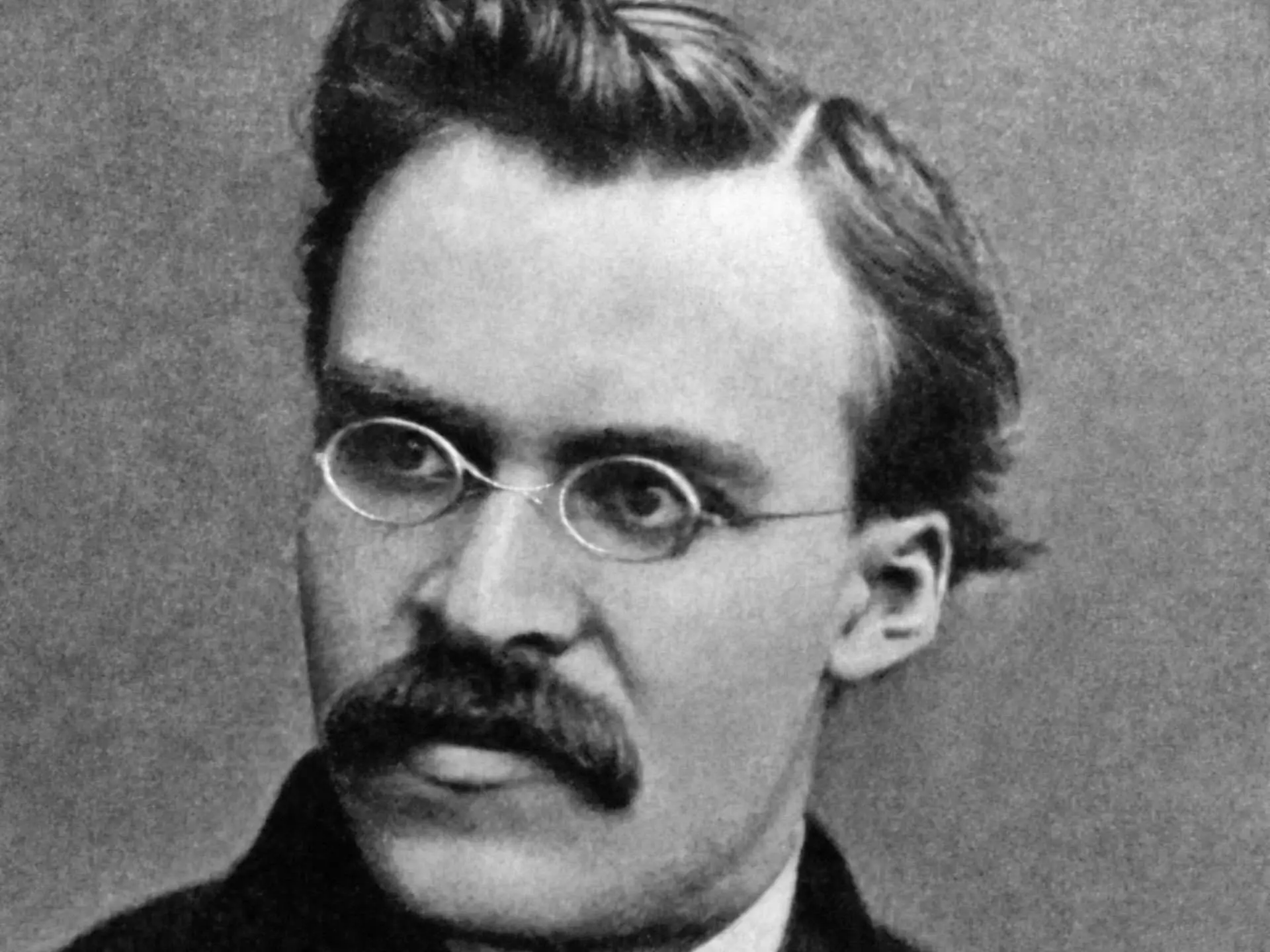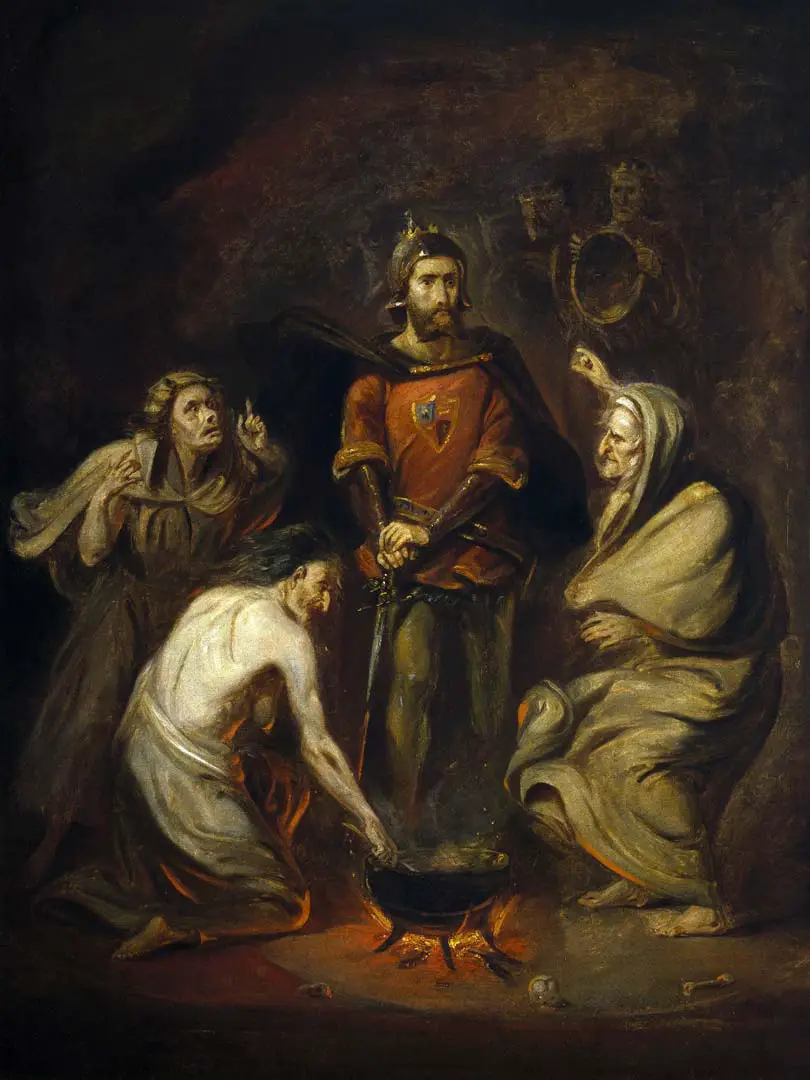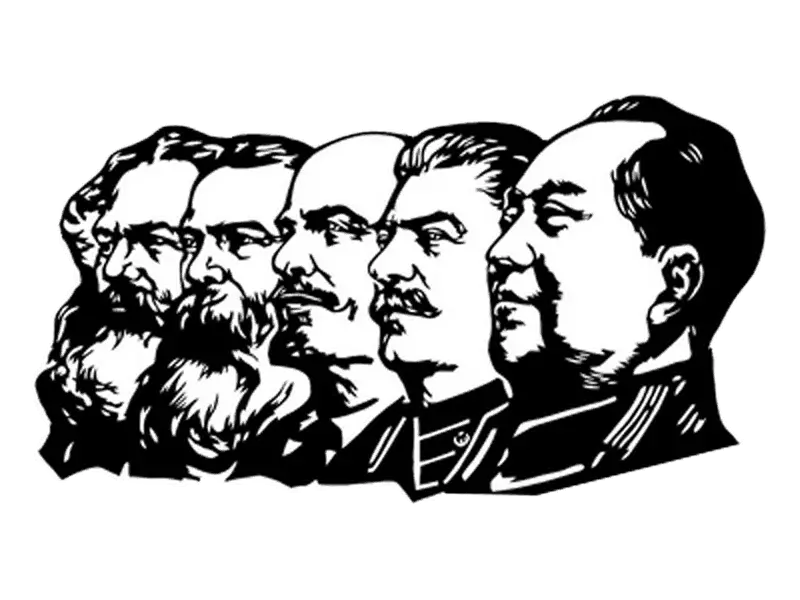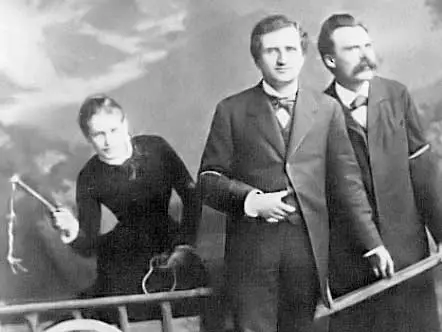The Christian halo paradox

What follows is mostly an art history lesson into religious iconography. The word ‘halo’ has its origins in Ancient Greek – literally meaning ‘threshing-floor’, a circular space that was used to thresh grain by walking around it. The repeated movement around this space would leave a mark that looks like a halo. We can already notice that the Christian halo has its roots elsewhere, but it is nevertheless strange. There is, to be sure, no mention of halos in the Bible, so it is interesting (and only in this sense perhaps also paradoxical) that they slowly appear in Christian art by the 4th century (AD, obviously).
Many ancient civilisations depicted halos to suggest something exception at work, and some continue to depict them to this day. As we can in the images below, there is a clear halo around Buddha’s head. The depiction of halos goes further into the past, as is evidence by the depiction of the halo in Ancient Egypt, especially with the sun god Ra. And it appears across different cultures and religions, though in different form, as shown in the image to the right.
So now that we have established that halos appeared before Christianity, and in different cultures and religions, it is curious to see why they appear in Christianity, despite being absent in the Bible. Essentially, halos mark the distinction that these figures hold from ordinary figures (though not always). The earliest depictions are therefore with Jesus and Virgin Mary with halos around their heads, along with Angels and other divine figures. Somewhat later, all of Jesus’ disciples get a halo (except for Judas). The meaning is that these figures belong to the kingdom of light – they are the epitome of holiness, innocence and spiritual power.1 But we can also find the will to appear holy slowly rising in Christian art, where clearly non-divine figures start adopting a halo. The representation in art would later be transmitted into culture – people would decorate their heads with crowns (golden for kings, of feathers for more ‘common’ folks), representing their relationship with the gods.
How halos came to float
We notice something very interesting in progression through the ages, is that a depiction of the halo becomes more problematic. Initially, as the paintings were always illustrated from the front, the drawing of a halo around their heads was not a problem. However, as drawing are becoming a little more telling, we get really bizarre illustrations of halos. A very famous case is that of Giotto’s Last Supper, in the Scrovegni Chapel.
It looks as if the faces of the disciples closest to the viewer are blocked by a shield, rather than a halo symbolising holiness. Artists have always been inventive though, and they have tried to make the disciples to look at the viewer, as with this painting below.
Attempts were also made as to not paint them at the front row and leave the halo only for the back row disciples; as well as attempts to have everyone on one side of the table as the famous painting of the last supper by Domenico Ghirlandaio.
The solution to this problem was to change the halo from something that was around the head, to float above it. So instead of depicting the halo as something pretty much one-dimensional, artists started illustrating the halo as horizal (rather than vertical) spheres around the head. So we get this kind of images.
Sign up for Paradox of the Day mailing list and please visit our Patreon support page.













